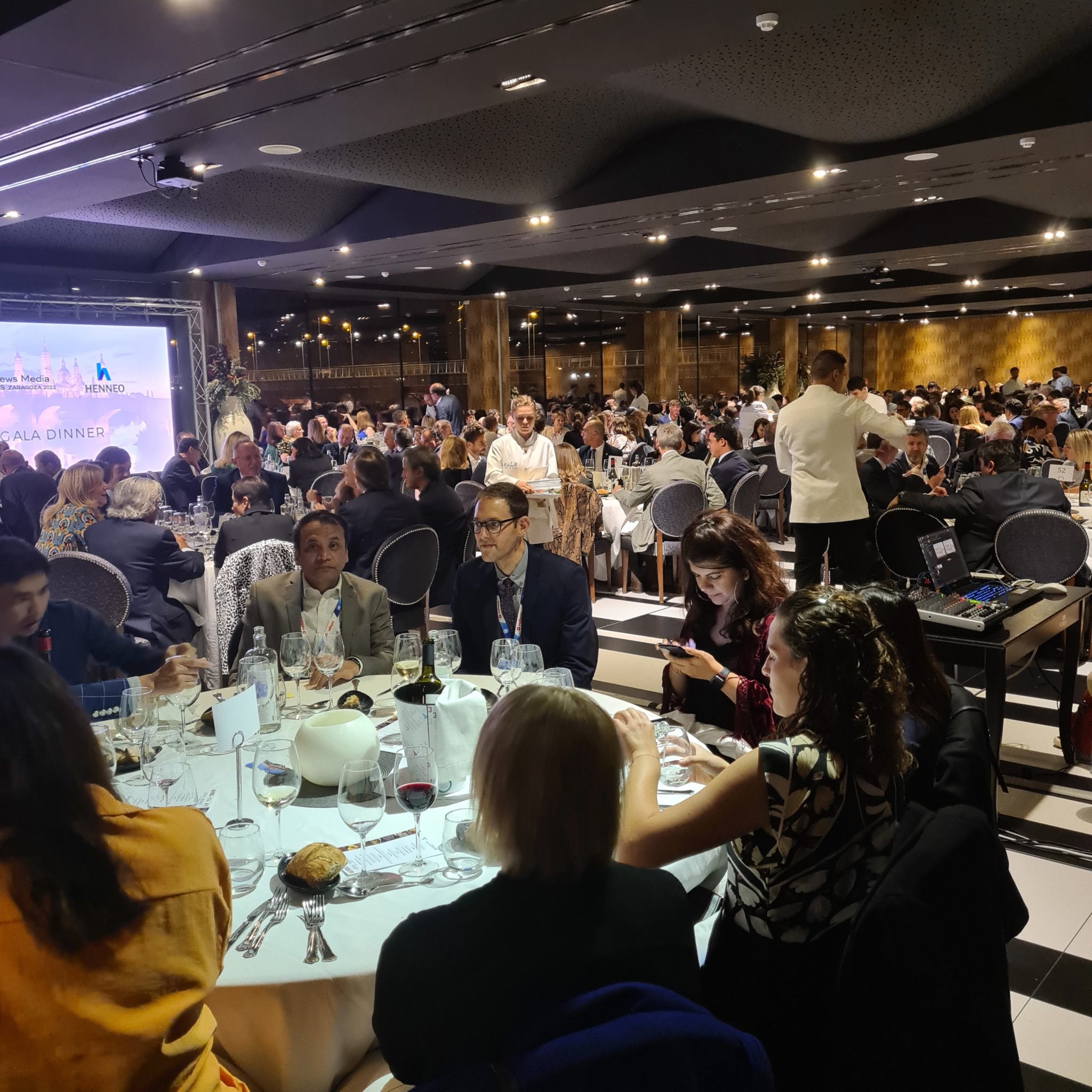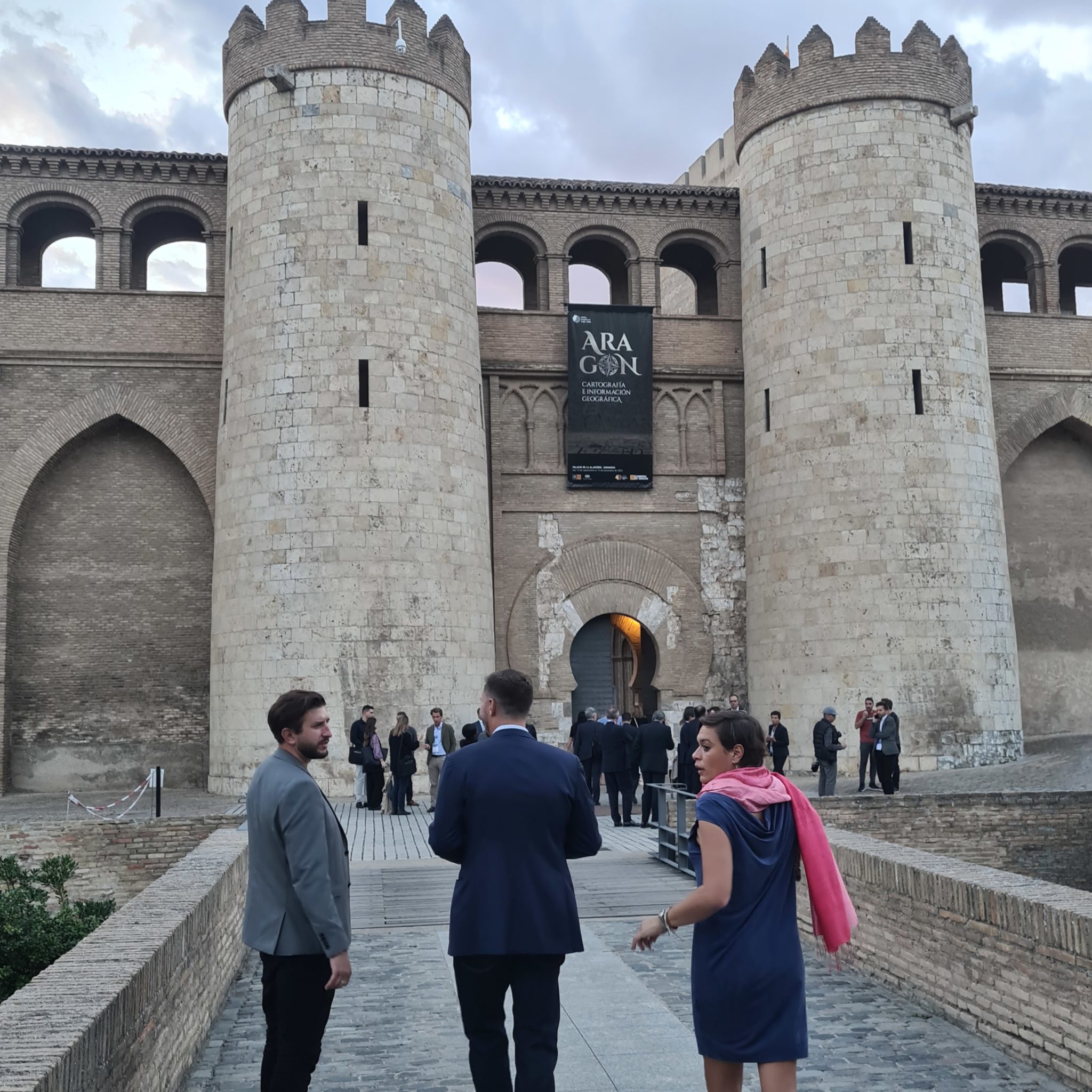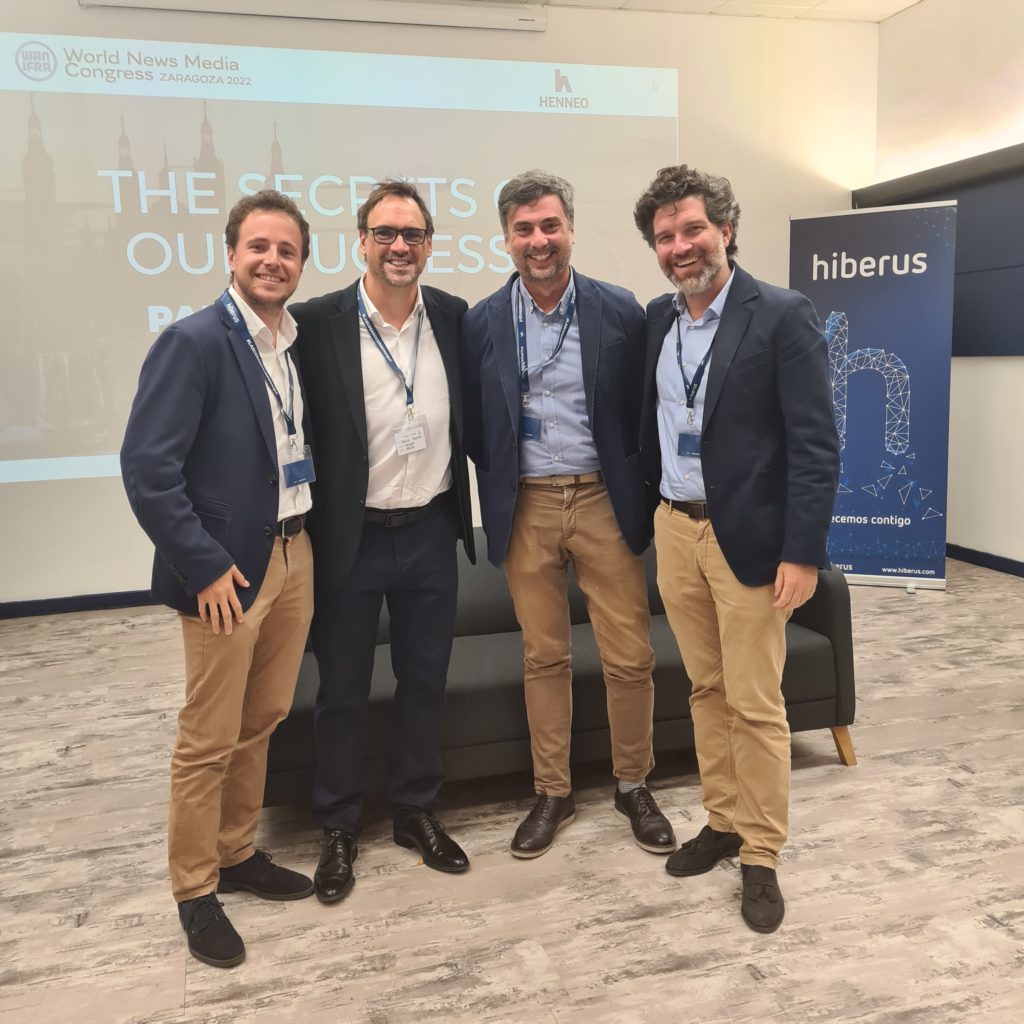|
Getting your Trinity Audio player ready...
|
We’ve just returned from a week in Zaragoza attending the World News Media Congress 2022. We will be posting a number of in-depth features from the conference in due course, but below are some key ‘front of mind’ takeaways from last week’s event. Bottom line: Publishers need to keep agile, very agile.
The WAN-IFRA World News Media Conference 2022 took place last week at the El Palacio de Congresos in Zaragoza, Spain. The event was well attended, with over 1,200 senior news media executives from 80 countries collectively breathing a sigh of relief at being able to meet in person once again.
The quality of the sessions was exceptional with a raft of C-Suite executives taking the time to discuss in-depth their various business strategies, revenue models, challenges, and aspirations. Here are five key front-of-mind takeaways:
- Curve balls incoming – publishers need to be very agile
Normal times are over, and whether it’s pandemics, war, price inflation, power shortages, etc, the publishers that make it through successfully will be those that exhibit agility and adaptability. Thinking outside the box will be a key theme for the coming years.
We asked one international publisher how they were managing empty office leases and hybrid working, “Our staff in big, capital cities don’t want to come into work, they want a hybrid work-from-home model. That doesn’t fit our business culture. We’re now decentralizing to smaller university towns where the talent pool is large and young people actively want to work in a space with other people.” Trend to watch: Publishers decamping to university towns like Heidelberg, Bath, Grenoble, Boulder, Santiago De Compostela, etc.
We asked another major LATAM publisher how they were managing 100% inflation, “We re-negotiate all our staff salaries every three months. Our main problem is that to dismiss an employee we need to pay ten months’ salary by law – no publisher can afford that. Therefore if we need to make an employee redundant, we won’t re-negotiate their contract. It’s dysfunctional, but we have to survive.” Trend to watch: Staff salaries being renegotiated frequently and over much smaller time lengths.
- Advertising revenue remains king
For some publishers advertising remains the unwanted guest at a wedding, but at the unveiling of WAN-IFRA’s 2022-2023 World Press Trends outlook, it continues to play a significant role for almost all news publishers.
The traditional ‘either/or’ wall between advertising and paid subscriptions is also crumbling. Moving forwards, many paid subscriptions will be accompanied by advertising. However, as one speaker remarked, “if you are advertising to people who have paid to subscribe, you’d better ensure that the advertising is highly relevant and doesn’t interfere with the user experience”.
The good news for publishers looking to combine both advertising and paid subscriptions is that their copious volumes of first-party data should ensure both context and relevancy. Failure to do so is, quite frankly, inexcusable.
- Size is no excuse – being smaller can be a competitive advantage
Kat Downs-Mulder, Managing Editor & Chief Product Officer, Washington Post, reminded publishers that you can build a great product with few resources. However, to do so, you have to, “understand your audience’s needs, examine the competitive landscape, create a minimal delightful product, and keep evolving and developing it.”
The theme was taken up at a seminar session with Google DNI and FT Strategies, where it was highlighted that whilst larger publishers might have more resources, it can be a much harder process to harness them, more like turning a supertanker than piloting a navy seal rib. A key theme: In larger newsrooms, editorial teams have to be involved to make a success of new products.
- Publisher Alliances are on the rise
A key theme emerging from the conference is that publisher alliances are on the rise. Reality is dawning on many news organizations that if they want to seriously compete with the tech platforms, they need to form strategic alliances with fellow publishers and disregard competitive concerns.
A standout example was the Spanish publisher Henneo who in ten years has transformed from being a small local newspaper in Aragon to become a multi-media powerhouse and one of the Top Ten IT companies in the country. Their Alayans Media project includes 15 publishing groups across Spain who have jointly created a shared tech and monetizing solution that doesn’t rely on third-party cookies.
On a related theme, in Scandinavia and Finland, local news organizations have thrived only by being part of larger media organizations where they can share tech resources and expertise.
- Reader trust – a major, major problem
Trust in news is at an all-time low and there’s no solution on the horizon. In a presentation in the main auditorium, Rasmus Kleis Nielsen, Director of Reuters Institute and Professor of Political Communication at Oxford University couldn’t have been clearer:
A key problem is the ‘consensus group think’ exhibited by news organizations as well as the increasing influence of outside commercial and political interests. The picture is further clouded by the significant advertising revenues that news organizations protect at all costs, often to the detriment of exposes and exclusives that can be canceled on a whim. A recent YouTube video shows firsthand the dilemma news organizations find themselves in.
The news industry, perhaps, needs to take a leaf out of the manual of Academic Science:
Science is the pursuit of the truth, not consensus. Good science involves perpetual, open debate, in which every objection is aired and dissents are sharpened and clarified, not smoothed over. The accomplished scientist is an original…disrupting established patterns of thought.
John Kay, writing in the Financial Times
Finally, a few images from the conference:




WNIP would like to thank the following: Sovrn, the publisher technology platform, for sponsoring our visit to the Congress and empowering everything we do (thanks!); Vincent Peyrègne, Dean Roper, Mariona Sanz Cortell, and Christine Herger from WAN-IFRA; John Schaefli and Carlotta Serantoni, FIPP; Madeleine White and Marion Wyss from Poool; and last but not least, all the various publishing executives who so openly participated in such lively discussions with us.



